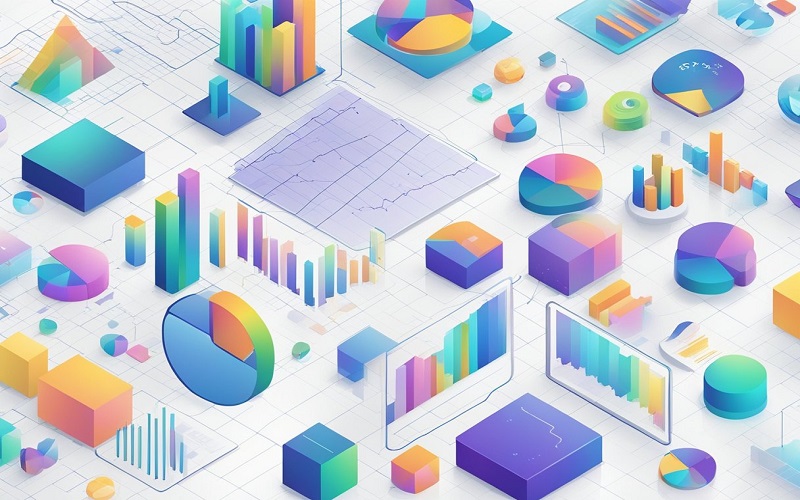Artificial Intelligence is becoming increasingly integrated into various industries, from healthcare to finance to transportation. As we move into 2023, the use of AI is expected to continue growing at a rapid pace, with significant advancements in AI technology and applications. To stay ahead of the curve, it is important for businesses to understand the latest AI statistics and trends.
According to Forbes Advisor, global spending on AI systems is expected to reach $110 billion USD by 2023, a significant increase from 2020 levels. This growth is driven by the increasing adoption of AI-powered solutions by businesses across various industries. Additionally, AI is expected to see an annual growth rate of 37.3% from 2023 to 2030, indicating that the use of AI will continue to expand in the coming years.
As AI becomes more prevalent, it is important to stay informed about the latest trends and advancements in the field. This article will provide an overview of the top AI statistics and trends in 2023, including the latest developments in AI technology, the industries that are adopting AI at the fastest rate, and the potential impact of AI on the workforce.
AI Market Size And Growth Rate
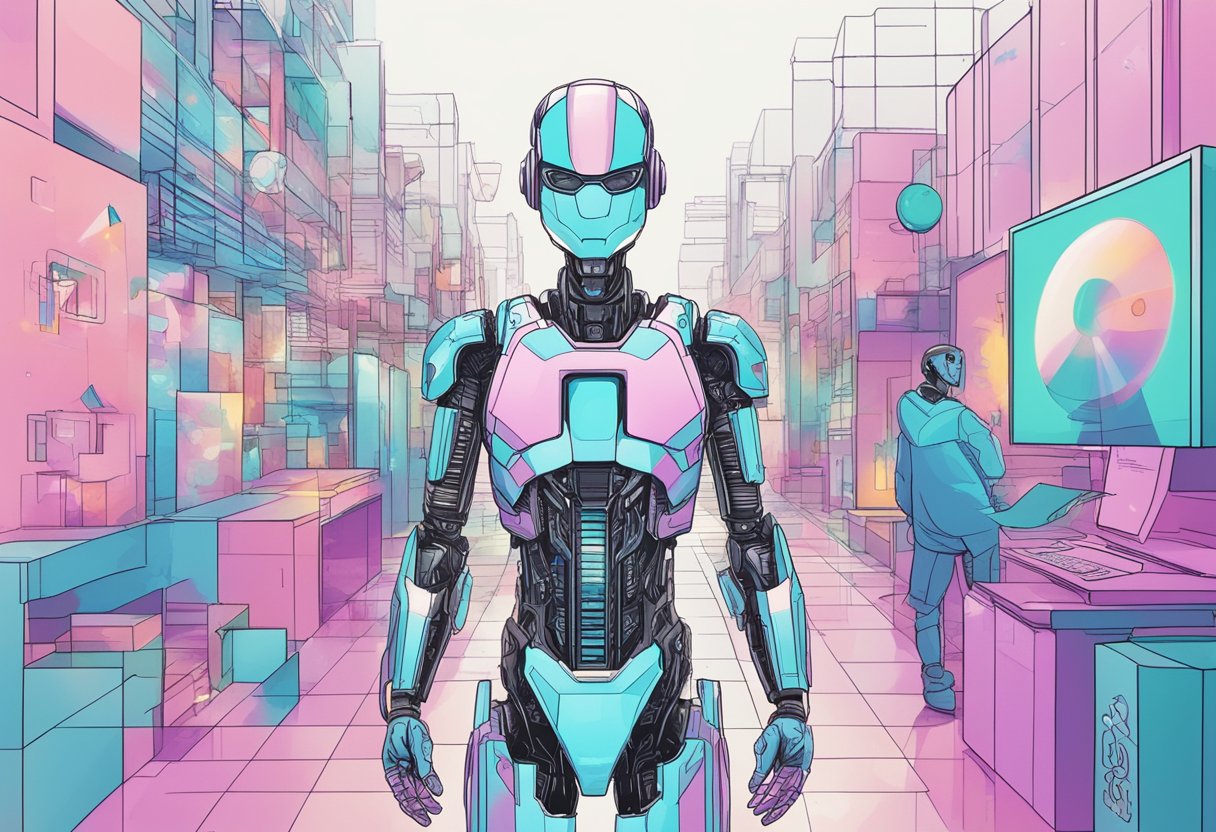
According to Forbes Advisor, the AI market is projected to reach a staggering $407 billion by 2027, experiencing substantial growth from its estimated $86.9 billion revenue in 2022. This represents an impressive compound annual growth rate (CAGR) of 36.6% over the forecast period.
The McKinsey Global Survey on the current state of AI confirms the explosive growth of generative AI (gen AI) tools. The survey found that 72% of respondents said their companies had increased their use of AI in the past year. Additionally, 63% of respondents said their companies had achieved measurable business results from AI.
Fortune Business Insights reports that the artificial intelligence market size was USD 428.00 billion in 2022 and is projected to grow from USD 515.31 billion in 2023 to USD 2,025.12 billion by 2030. This represents a CAGR of 21.6% over the forecast period. The report suggests that an increased number of relevant partnerships and collaborations will drive market trajectory.
According to Statista, the market for artificial intelligence (AI) is expected to show strong growth in the coming decade. Its value is projected to reach $309.6 billion by 2026, growing at a CAGR of 39.7% from 2019 to 2026.
Overall, the AI market is expected to continue its growth trajectory over the next decade, driven by increased adoption and investment in AI technologies.
AI Adoption In Key Industries
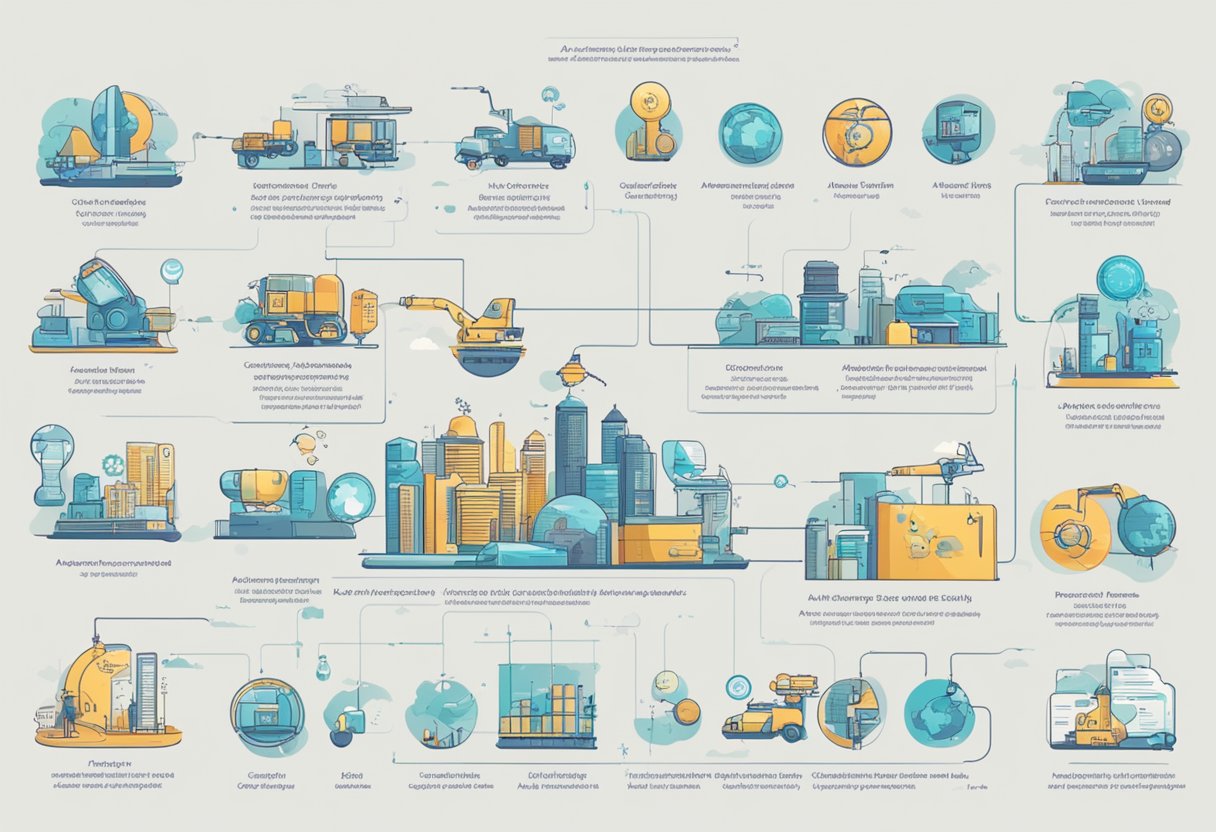
Artificial Intelligence is rapidly transforming various industries, offering unprecedented advancements in technology, from deep learning tools to new product creation and task automation. Here are some key industries where AI adoption is expected to grow in 2023:
Healthcare
AI is expected to revolutionize healthcare by improving the accuracy and efficiency of diagnoses, reducing healthcare costs, and enhancing patient outcomes. In 2023, AI is expected to be widely used in medical imaging, drug discovery, and personalized medicine. For example, AI-powered chatbots can help patients with their medical queries, while AI algorithms can analyze large amounts of medical data to identify patterns and predict patient outcomes.
Finance
AI is expected to transform the finance industry by providing real-time insights, automating routine tasks, and reducing fraud. In 2023, AI is expected to be widely used in areas such as fraud detection, risk management, and customer service. For example, AI algorithms can analyze large amounts of financial data to detect anomalies and potential fraud, while chatbots can provide personalized financial advice to customers.
Retail
AI is expected to revolutionize the retail industry by providing personalized customer experiences, improving supply chain management, and increasing sales. In 2023, AI is expected to be widely used in areas such as inventory management, demand forecasting, and customer service. For example, AI-powered chatbots can provide personalized product recommendations to customers, while AI algorithms can analyze customer data to predict future buying patterns.
Manufacturing
AI is expected to transform the manufacturing industry by improving efficiency, reducing costs, and increasing productivity. In 2023, AI is expected to be widely used in areas such as predictive maintenance, quality control, and supply chain management. For example, AI algorithms can analyze large amounts of manufacturing data to identify potential issues before they occur, while chatbots can provide real-time support to employees on the factory floor.
Overall, AI adoption is expected to grow in various industries in 2023, providing new opportunities for businesses to improve efficiency, reduce costs, and enhance customer experiences.
Prominent AI Technologies In 2023
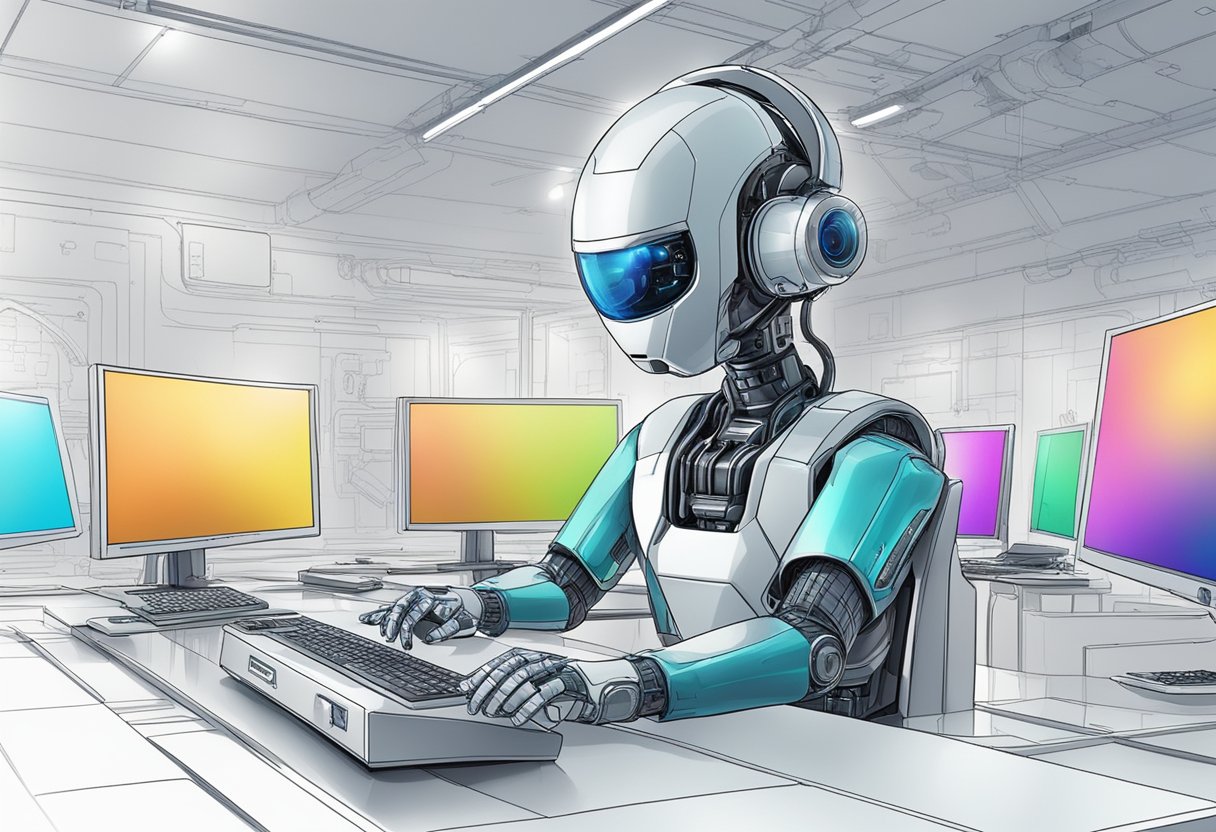
Artificial Intelligence (AI) is changing the way businesses operate and people live. AI technologies are becoming more advanced and widespread, and they are expected to continue to grow in 2023. Here are some of the prominent AI technologies that are expected to make an impact in 2023:
Machine Learning
Machine Learning (ML) is a subset of AI that allows machines to learn from data without being explicitly programmed. ML algorithms can identify patterns and insights in data that humans might miss. In 2023, ML is expected to become even more advanced and capable. Some of the areas where ML is expected to make an impact include:
- Healthcare: ML algorithms can analyze medical data to identify patterns and insights that can help doctors diagnose and treat patients more effectively.
- Finance: ML algorithms can analyze financial data to identify patterns and insights that can help banks and financial institutions make better investment decisions.
- Customer Service: ML algorithms can analyze customer data to identify patterns and insights that can help businesses provide better customer service.
Natural Language Processing
Natural Language Processing (NLP) is a branch of AI that focuses on the interaction between computers and humans using natural language. NLP is used in applications such as chatbots, virtual assistants, and language translation. In 2023, NLP is expected to become even more sophisticated and capable. Some of the areas where NLP is expected to make an impact include:
- Customer Service: NLP algorithms can help businesses provide better customer service by analyzing customer inquiries and providing appropriate responses.
- Healthcare: NLP algorithms can help doctors analyze medical records and provide better diagnoses and treatment recommendations.
- Education: NLP algorithms can help students learn new languages by providing real-time translation and feedback.
Robotics
Robotics is a field of engineering that deals with the design, construction, and operation of robots. AI is increasingly being used in robotics to make robots more intelligent and capable. In 2023, robotics is expected to become even more advanced and capable. Some of the areas where robotics is expected to make an impact include:
- Manufacturing: AI-powered robots can automate manufacturing processes and improve efficiency and productivity.
- Healthcare: Robots can be used to perform surgeries and assist doctors in providing care to patients.
- Agriculture: Robots can be used to automate farming tasks such as planting, harvesting, and monitoring crops.
Computer Vision
Computer Vision is a field of AI that focuses on enabling computers to interpret and understand visual information from the world around them. Computer Vision is used in applications such as facial recognition, object detection, and self-driving cars. In 2023, Computer Vision is expected to become even more advanced and capable. Some of the areas where Computer Vision is expected to make an impact include:
- Healthcare: Computer Vision algorithms can help doctors analyze medical images such as X-rays and MRIs to identify diseases and conditions.
- Retail: Computer Vision algorithms can be used to analyze customer behavior and preferences to provide personalized recommendations.
- Security: Computer Vision algorithms can be used for facial recognition and object detection to improve security and surveillance.
AI Impact On Employment
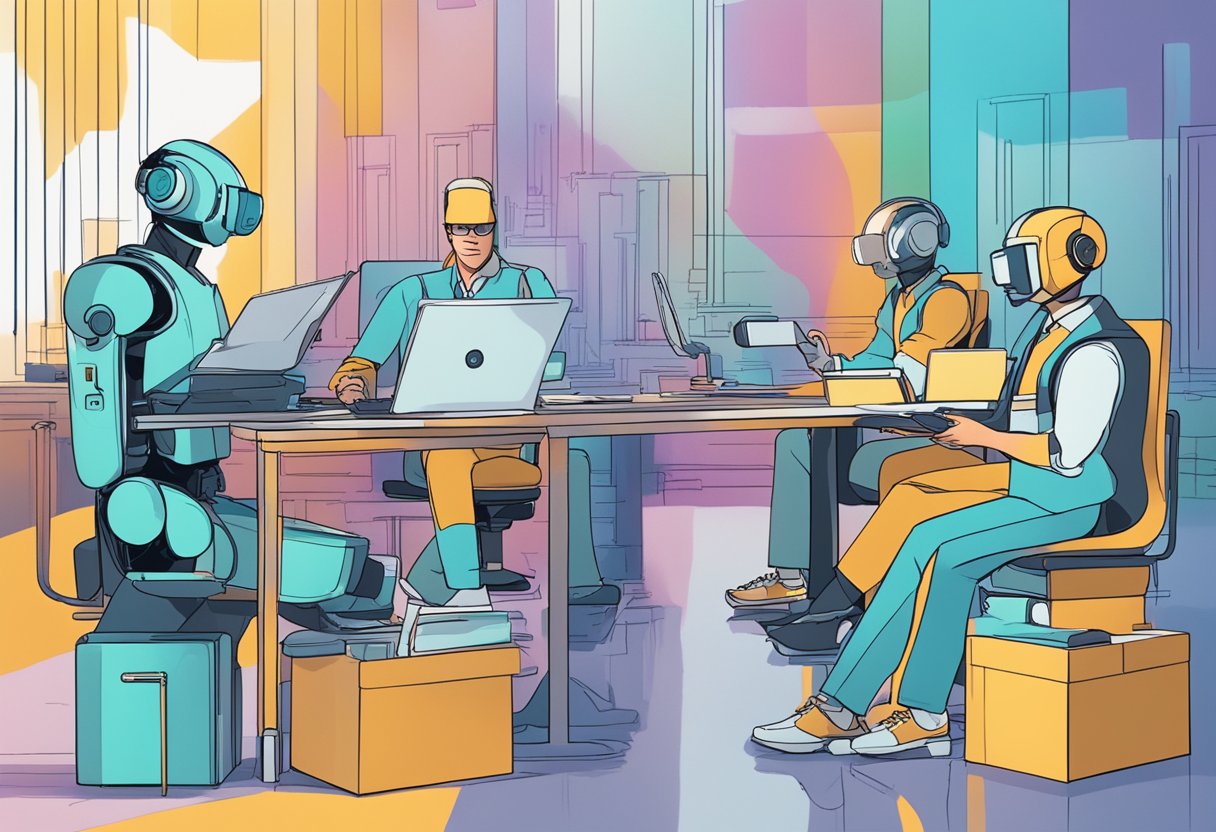
As AI continues to advance, there is a growing concern about its impact on employment. While some fear that AI will lead to widespread job loss, others believe that it will create new job opportunities. Here are some of the current trends and statistics related to AI and employment:
- According to a study by the World Economic Forum, AI and robotics could displace 75 million jobs by 2022. However, the same study predicts that these technologies will also create 133 million new jobs, resulting in a net gain of 58 million jobs.
- In the short term, AI is expected to automate many routine and repetitive tasks, such as data entry and customer service. This could lead to job loss in these areas, but it could also free up workers to focus on more complex and creative tasks.
- In the long term, AI is expected to create new job opportunities in areas such as data analysis, programming, and AI development. These jobs will require specialized skills and training, so it’s important for workers to stay up-to-date with the latest trends and technologies.
- While AI is expected to have a significant impact on employment, it’s important to note that it’s not the only factor driving job growth and loss. Other factors, such as globalization and changes in consumer behavior, also play a role.
Overall, the impact of AI on employment is complex and multifaceted. While it’s likely to lead to some job loss in the short term, it’s also expected to create new job opportunities in the long term. It’s important for workers to stay informed about these trends and to develop the skills and knowledge needed to succeed in the changing job market.
AI Ethical And Privacy Concerns

As AI technology continues to advance, concerns about its ethical and privacy implications have become increasingly important. Here are some of the top ethical and privacy concerns related to AI in 2023:
Data Privacy
Data privacy is a significant concern in the AI industry, given how much of our lives are now online. Companies are collecting vast amounts of data on their customers, which can be used to train AI models. However, this data is often sensitive and personal, and there is a risk that it could be used for nefarious purposes if it falls into the wrong hands. Some companies are taking steps to address these concerns, such as implementing stronger data encryption and anonymization techniques.
Bias
Another significant concern with AI is bias. AI models are only as good as the data they are trained on, and if that data is biased, then the model will be biased as well. This can lead to unfair and discriminatory outcomes, such as biased hiring decisions or discriminatory loan approvals. Companies need to be aware of these risks and take steps to ensure that their models are fair and unbiased.
Transparency
Transparency is another key concern with AI. As AI models become more complex, it becomes more challenging to understand how they are making decisions. This lack of transparency can make it difficult to identify when a model is making biased or unfair decisions. Some companies are working to address this by developing tools that can help explain how AI models make decisions.
Accountability
Finally, there is the issue of accountability. As AI becomes more prevalent in our lives, it is essential to ensure that there is accountability for its decisions. If an AI model makes a decision that harms someone, who is responsible? Is it the company that developed the model, the person who trained it, or the model itself? These are complex questions that need to be addressed as AI continues to advance.
Overall, there are many ethical and privacy concerns related to AI that need to be addressed. While AI has the potential to revolutionize many industries, it is essential to ensure that it is used in a responsible and ethical manner.
AI Policy And Regulation
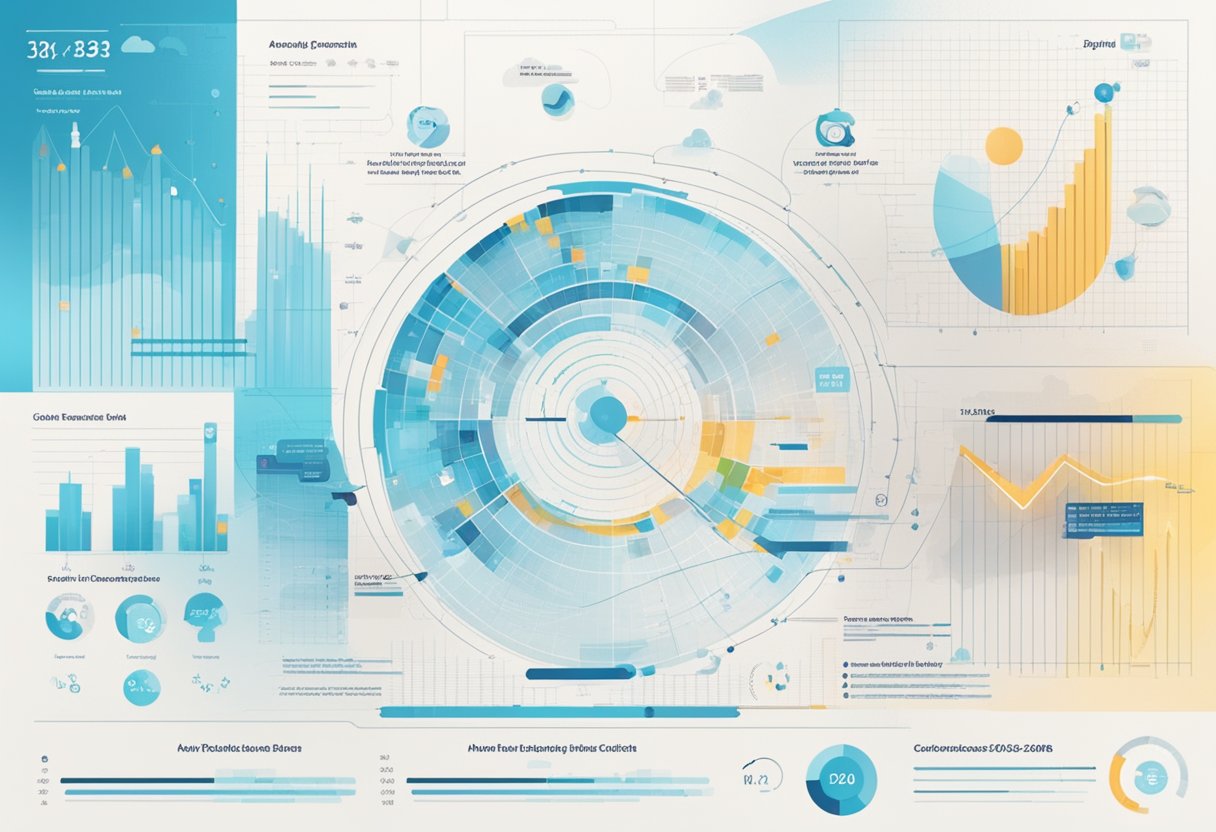
The development and deployment of AI technology have raised concerns about its impact on society, including issues related to privacy, bias, and accountability. As a result, policymakers around the world are grappling with how to regulate AI in a way that promotes innovation while protecting the public.
In the United States, the 117th Congress was the most AI-focused congressional session in history, with 130 AI bills proposed in 2021 compared with just one in 2015. However, despite the high level of interest from lawmakers, there is still no comprehensive federal AI regulation in place.
Instead, AI regulation in the US is largely driven by sector-specific laws and regulations, such as the Fair Credit Reporting Act and the Children’s Online Privacy Protection Act. In addition, federal agencies such as the Federal Trade Commission and the National Institute of Standards and Technology have issued guidelines and recommendations for the development and deployment of AI.
In Europe, the General Data Protection Regulation (GDPR) has been a major driver of AI regulation, as it includes provisions related to automated decision-making and profiling. In addition, the European Commission has proposed a framework for AI regulation that includes a risk-based approach and a focus on transparency and accountability.
Other countries, such as China and Canada, have also developed AI regulations that focus on issues such as data privacy, algorithmic transparency, and ethical considerations.
Overall, while there is no global consensus on how to regulate AI, it is clear that policymakers are taking the issue seriously and are actively working to develop regulations that promote the responsible development and deployment of AI technology.
AI Future Trends And Predictions
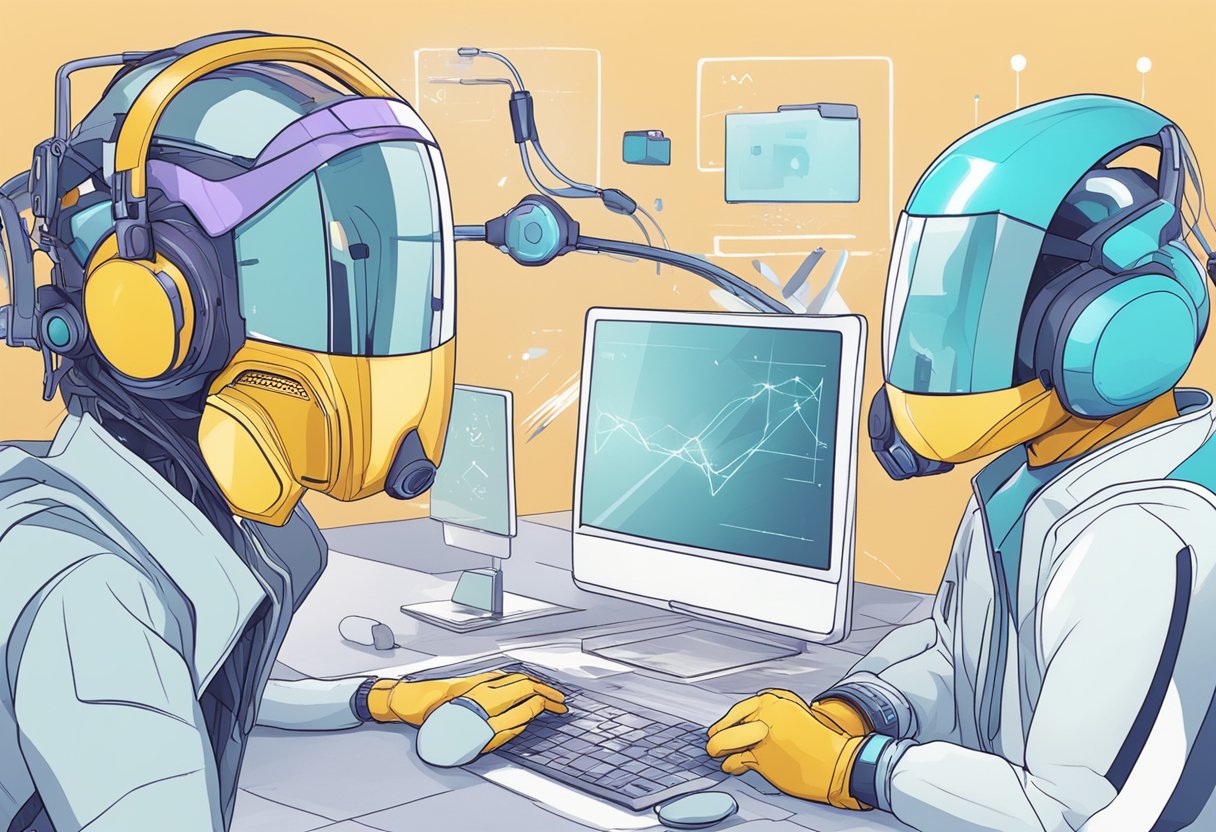
Artificial Intelligence (AI) is a rapidly evolving field that is poised to transform the way we live and work. Here are some of the top AI trends and predictions for 2023 and beyond:
1. Increased Adoption of AI in the Enterprise
According to a recent report by IDC, worldwide spending on AI technology by governments and businesses is expected to top $500 billion by 2023. This significant investment in AI is expected to drive increased adoption of AI in the enterprise, with businesses across all industries leveraging AI to automate tasks, improve decision-making, and enhance customer experiences.
2. Continued Growth of Machine Learning
Machine learning is a key component of AI, and it is expected to continue its rapid growth in 2023 and beyond. With the increasing availability of data and advances in computing power, machine learning algorithms are becoming more sophisticated, enabling them to learn from vast amounts of data and make predictions with greater accuracy.
3. Emergence of Explainable AI
As AI becomes more prevalent in our lives, there is growing concern about the lack of transparency in AI decision-making. To address this, explainable AI (XAI) is emerging as a critical area of research. XAI aims to make AI more transparent and understandable by providing explanations for how AI systems arrive at their decisions.
4. Increased Focus on AI Ethics
As AI becomes more ubiquitous, there is growing concern about its impact on society. To address these concerns, there is a growing focus on AI ethics, with organizations and governments developing guidelines and frameworks for ethical AI development and deployment.
5. Advancements in Natural Language Processing
Natural language processing (NLP) is a critical area of AI research, enabling machines to understand and process human language. In 2023 and beyond, we can expect to see significant advancements in NLP, with machines becoming more adept at understanding and processing natural language, enabling more sophisticated conversational AI applications.
Overall, the future of AI is bright, with significant potential to transform the way we live and work. However, as with any rapidly evolving technology, there are also risks and challenges that must be addressed to ensure that AI is developed and deployed in an ethical and responsible manner.
Frequently Asked Questions
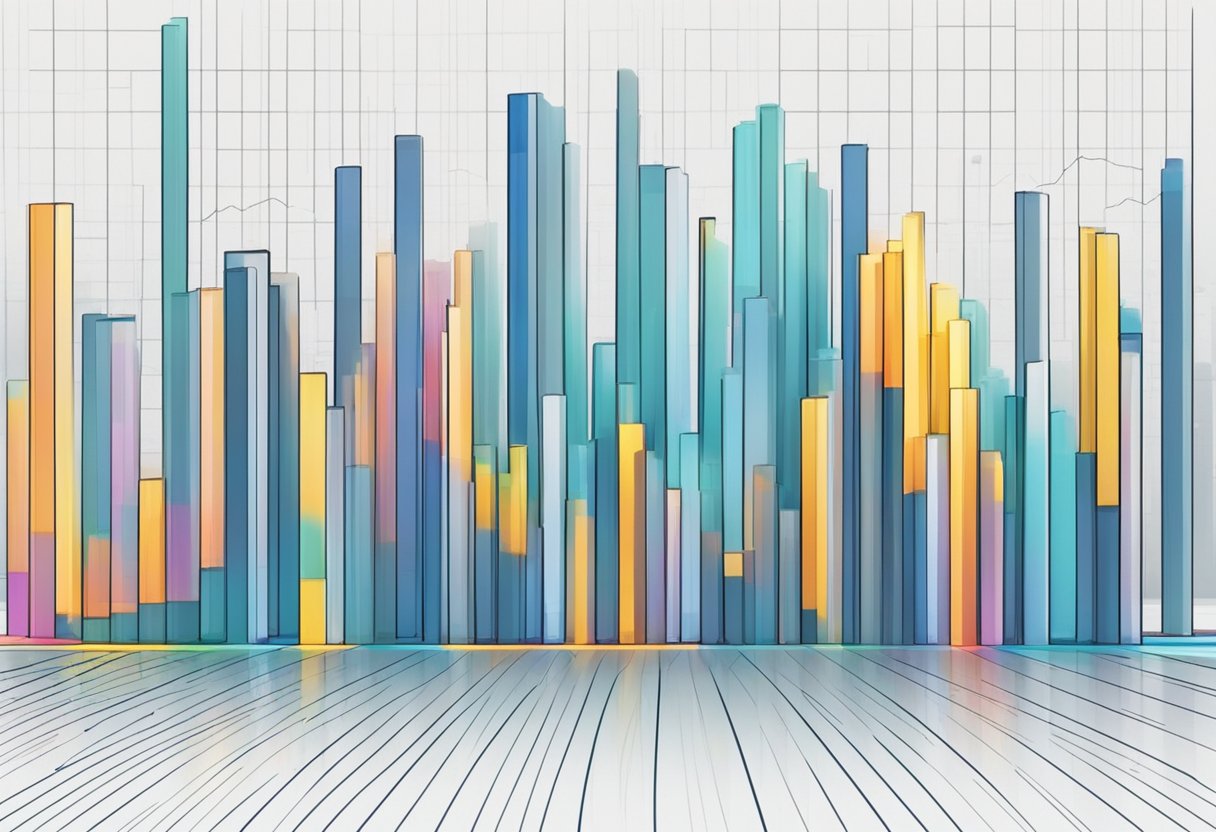
What are the top 10 AI trends in 2023?
According to IEEE Spectrum, the top 10 AI trends in 2023 are:
- AI ethics and governance
- AI hardware
- Explainable AI
- AI in healthcare
- AI in finance
- AI in education
- AI in agriculture
- AI in transportation
- AI in manufacturing
- AI in cybersecurity
What is the outlook for AI in 2023?
The outlook for AI in 2023 is positive as the global AI market is projected to have a CAGR of 37.3% from 2023 to 2030, indicating a rapid expansion of the industry. The increasing demand for automation and efficiency across various industries and sectors is one of the main drivers of the global AI market growth, according to CloudBooklet.
How will AI change in 2023?
AI is expected to become more ubiquitous and integrated into various industries and sectors. The development of AI hardware and the increasing demand for automation and efficiency are expected to drive the growth of the AI market. AI will also become more explainable, ethical, and transparent, according to IEEE Spectrum.
What are the key AI trends in business?
The key AI trends in business are AI-powered automation, predictive analytics, chatbots, natural language processing, and image and speech recognition. These trends are expected to drive business growth and improve customer experience by providing personalized and efficient services, according to Forbes Advisor.
What are the statistics for AI adoption?
According to a survey conducted by McKinsey & Company, experimentation with AI tools is already relatively common, and respondents expect the new capabilities to transform their industries. The survey found that 67% of respondents have implemented at least one AI capability in their organizations, and 30% have adopted AI at scale.
How can AI be used for statistics problems?
AI can be used for statistics problems by providing predictive analytics, data visualization, and anomaly detection. AI-powered algorithms can analyze large datasets and identify patterns and insights that are not easily detectable by humans. AI can also help automate statistical analysis and improve the accuracy and efficiency of data analysis.

